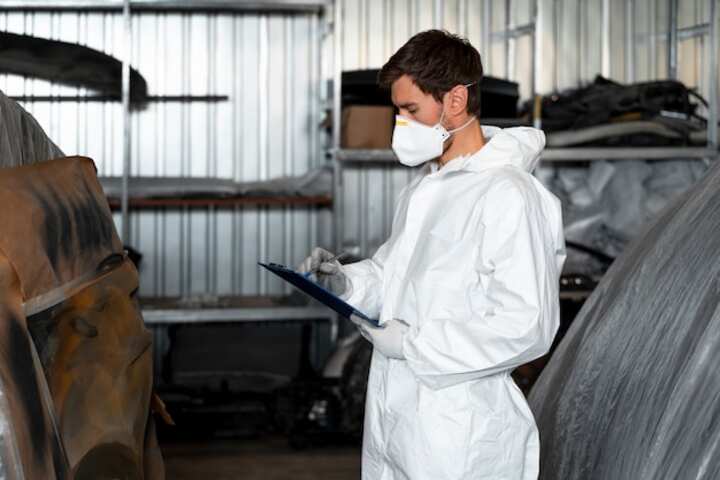
Expert Moisture Mapping Cost-Effective Solutions
Moisture mapping is an essential process in both residential and commercial settings, aimed at identifying areas of excess moisture that could lead to mold growth and structural damage. As concerns about indoor air quality and building integrity rise, the demand for efficient and cost-effective moisture mapping solutions has increased. This article explores various strategies and technologies that can be employed to conduct moisture mapping effectively while also being budget-friendly.
Understanding Moisture Mapping
Moisture mapping involves the systematic assessment of a building to detect areas where moisture levels are elevated. This process is crucial as it helps to pinpoint potential problem areas that may not be visible to the naked eye. By addressing these issues early, it is possible to prevent further damage and costly repairs.
The Importance of Accurate Detection
Accurate detection of moisture is vital for effective moisture management. High levels of moisture can lead to:
- Mold growth, which poses health risks to occupants.
- Structural damage, weakening the integrity of the building.
- Increased repair costs if not addressed promptly.
For a more comprehensive understanding of the implications of moisture in buildings, read more about this topic.
Cost-Effective Solutions for Moisture Mapping
Implementing affordable moisture mapping solutions requires a combination of technology, expertise, and strategic planning. Below are some cost-effective approaches:
Utilizing Advanced Technology
Technological advancements have made moisture mapping more accessible and affordable. Key technologies include:
- Infrared Thermography: This technology uses thermal imaging cameras to detect temperature variations that indicate moisture presence.
- Moisture Meters: These devices measure the moisture content in building materials, providing precise data for analysis.
Explore further insights here about the tools used in moisture mapping.
Expertise and Experience
Working with experienced professionals can greatly reduce costs in the long run. Experts can quickly identify problem areas and recommend efficient solutions, saving time and resources. Check out customer reviews here to learn about experiences with moisture mapping services.
Regular Inspections and Maintenance
Regular inspections can prevent moisture problems by identifying potential issues before they become significant. Scheduled maintenance helps in:
- Monitoring changes in moisture levels over time.
- Ensuring that remedial measures remain effective.
Find additional information here on the importance of regular moisture inspections.
Integrating Moisture Mapping into Building Management
Incorporating moisture mapping into the overall building management strategy is essential for ensuring the long-term health and safety of any structure. This integration can be achieved by:
- Developing a moisture management plan tailored to the building's specific needs.
- Training staff to recognize early signs of moisture problems.
- Utilizing data from moisture mapping to inform maintenance schedules and repairs.
Learn more in this detailed guide on effective building management practices related to moisture control by visiting this page.
Conclusion
Effective moisture mapping is a critical component of building maintenance and management, offering a way to identify and mitigate potential issues before they escalate. By leveraging advanced technology, expert insights, and regular inspections, it is possible to implement cost-effective moisture mapping solutions. For further understanding and insights, explore further insights here.